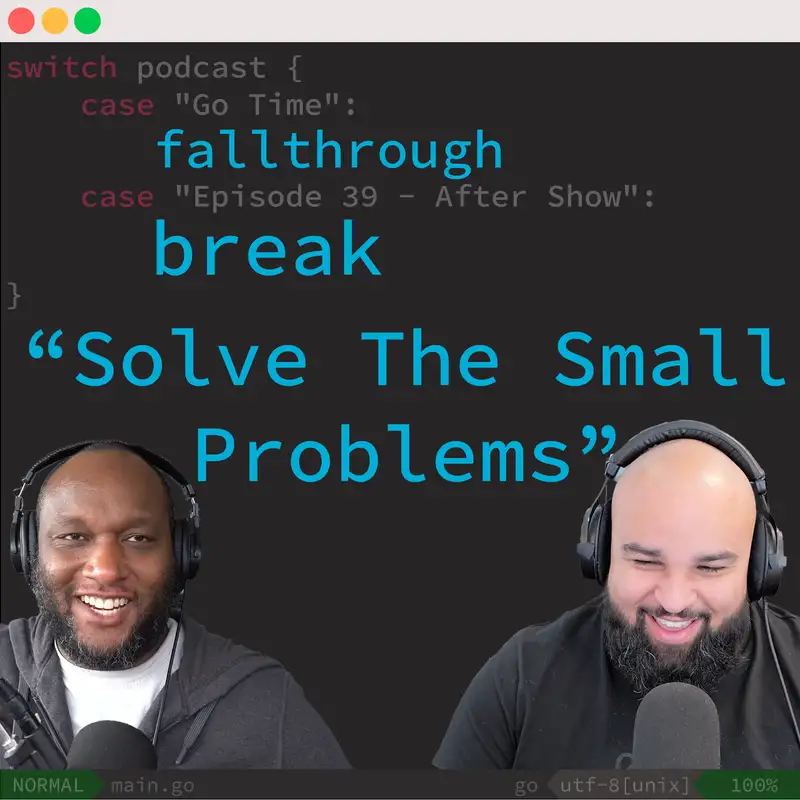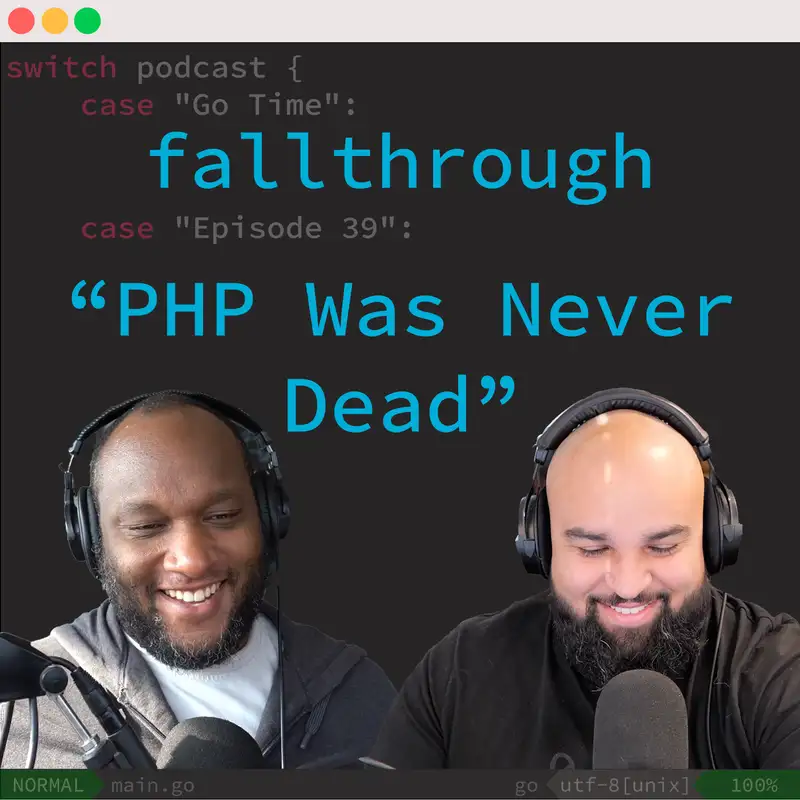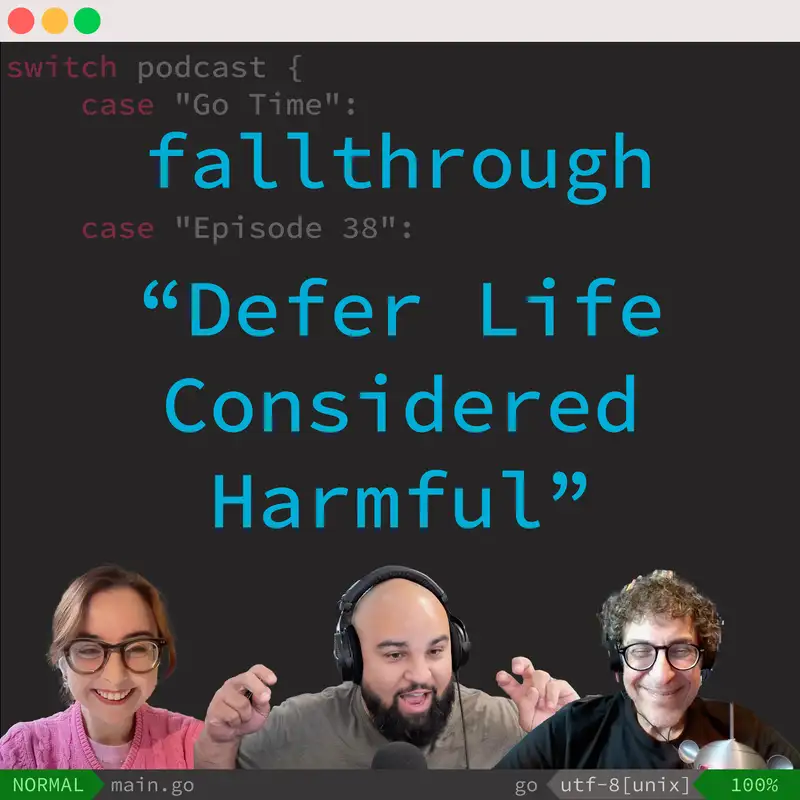Post details
ope stage 5

This content type is full of IndieWeb post types, which are all content types which allow me to take greater ownership of my own data. These are likely unrelated to my blog posts. You can find a better breakdown by actual post kind below:
ope stage 5

tech culture expert here: it's not cute when CEOs do this. CEOs do this only when they're extremely stressed!
"If we go down, then we go down together" #TheChainSmokers #Breakaway

Between and I took 6620 steps.
Welcome back to Break, a Fallthrough aftershow! In this episode, Kris and Matt talk extend their discussion from Fallthrough episode #39.Enjoying the aftershow? Let us know on social media! If you prefer to watch instead of just listen, head over to YouTube where you watch this episode of...

Glad to see Apple's leaders showing so much courage. I'm sure their founders, and the historical heroes they love to quote on their homepage on important dates, would've been so proud of the courage and values they practice today. https://www.theverge.com/news/791170/iceblock-app-store-removed-by-apple
This post requires authentication to view.
This post requires authentication to view.
I'm mostly saddened we are stealing insults from Star Wars cartoons.
This week we've got a grab bag episode! Kris and Matt discuss a variety of topics, including a GopherCon debrief (featuring some RustConf comparisons!), why people can't be mad all the time, the need for better abstractions, and so much more!We continue this discussion in this week's episode of...

Between and I took 4811 steps.
This post requires authentication to view.
Voices of Oxide on the pod! Cliff Biffle (engineer), Dave Pacheco (engineer), and Ben Leonard (designer) are on the show today. Jerod and I were invited to Oxide's annual internal conference called OxCon to meet the people and to hear the stories of what makes Oxide a truly special place to work right now. Cliff Biffl...
Between and I took 7284 steps.
(it means an older person who is usually, but not always, a gay man, who exclusively seeks much younger adult partners)
People keep using the word “chickenhawk” to refer to Donald Trump, and when they say that, they mean: someone who’s never gone to battle themselves but is eager for OTHER people to. However, in my social circle, the word has a completely different meeting, and I do a double take every time I see it
It’s so close, that’s why it always catches me off guard. I’m like: wait did someone finally come out or something? and then it’s like oh no they mean the other slang term
This post requires authentication to view.
“Her worst sin yet - she’s a DHH apologist”
I just had someone ask me who’s my employer because they were not getting their way. Not their lucky day.
How our team introduced GenAI into CI pipelines to create self-correcting pull requests, automizing the update of hundreds of dependencies in large monorepos

Meetups and Conferences🇺🇸 Go Meetup in San Francisco, Oct 23 @ Forge🇺🇸 GoWest, Oct 24 @ Lehi, Utah USA🇳🇬 GopherCon Africa, Oct 24 & 25 @ Lagos, Nigeria🇷🇺 LetsGoConf followup post on TelegramProposals⚠️ Accepted: errors.AsType (As with type parameters)💧 runtime/pprof,runtime: new goroutine leak...

Between and I took 5370 steps.
This post requires authentication to view.
After years of the joy of cross-compiling Go code across different architectures and OSes, having to cross-compile a very small C library is wild 🙃
Trying to not crash out over the state of so many things in tech right now.
This was originally in response to seeing the Ladybird founder go hard on supporting DHH, and then the Vercel CEO thought posting a selfie with a war criminal would make him look cool. [contains quote post or other embedded content]
I was playing with sqlite-zstd, and upon trying to load the extension… .load libsqlite_zstd Error: unknown command or invalid arguments: "load".

Between and I took 2673 steps.
Gitpod has rebranded to Ona and shifted its focus to building AI tools for enterprise teams. This episode digs into why they made the leap, how they're standing...

My personal timeline is full of autistic people trying to explain that there isn't more autism than before, it's just that we're better at detecting it, and there's nothing more autistic than hoping explaining something at length will help matters when nobody is really listening.
fuck vercel, fuck Next.js, fuck Svelte, fuck Turborepo, fuck SWR, fuck SWC Posing with the architect of a genocide for sales leads is an insane and deeply immoral stance these projects cannot separate themselves from the CEO of the company who funds them

Welcome back to Break, a Fallthrough aftershow! In this episode, Kris and Matt are joined by Ron Evans talk about Fallthrough episode #38.Enjoying the aftershow? Let us know on social media! If you prefer to watch instead of just listen, head over to YouTube where you watch this episode of...

Between and I took 6454 steps.
This post requires authentication to view.
Between and I took 6594 steps.
oh my god?

From AI winters to Tiny Go, Ron Evans has a long and storied career. In this episode he joins Angelica and Matt to discuss his journey, what past AI winters can tell us about our current AI moment, the importance of Tiny Go, and so much more.This week's episode has a Break aftershow! Watch it on...

We've all experienced the dreaded rewrite. A system that was promised to last for years has grown so full of technical debt and cruft that we feel we need to throw it out and start over again. How can we avoid this? In this episode, Angelica and Matt are joined by Jon Sabados, where they discuss...

Between and I took 2953 steps.
Are the thick thighs in the room with us now?!
Between and I took 5484 steps.
This post requires authentication to view.
just found a bullet casing with the entire bee movie script on it
if you dont stop calling us nazis we will have the secret police disappear you to a slave labor camp
This post requires authentication to view.